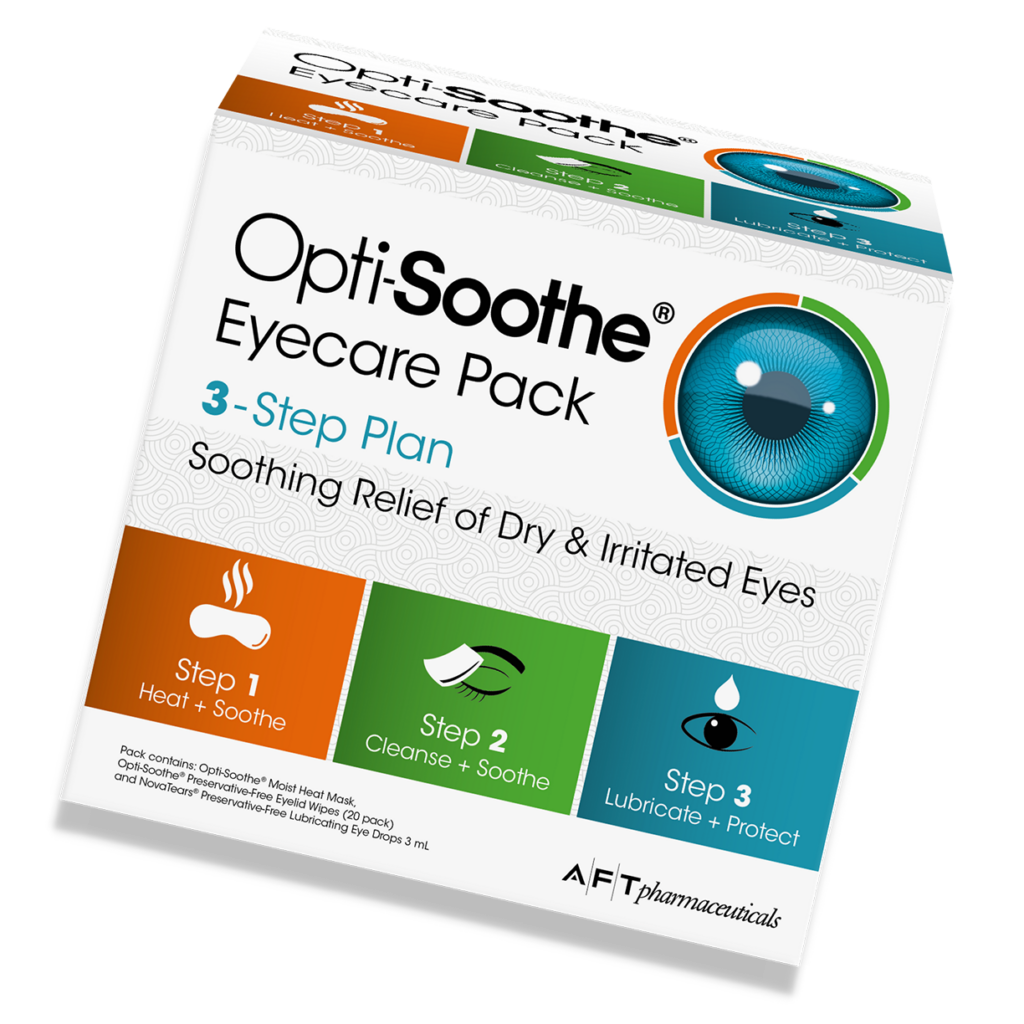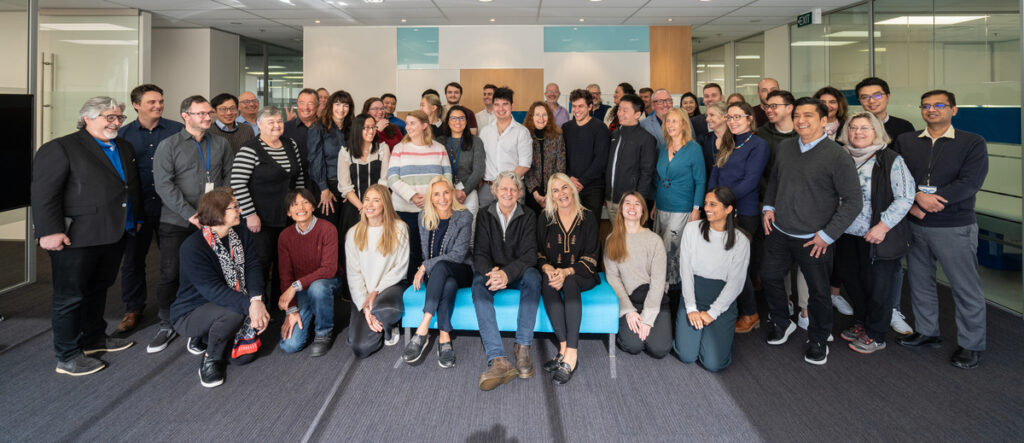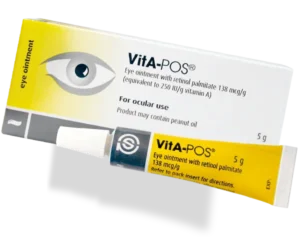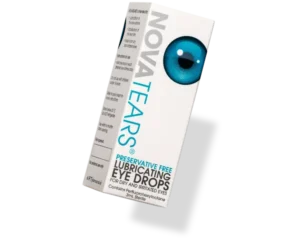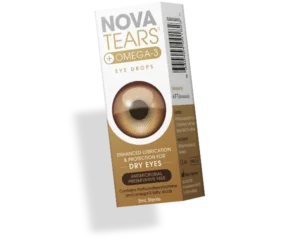The Opti-Soothe® Eyecare Pack aims to help reduce symptoms of Dry Eye Disease through a 3-step plan: Soothing Relief of Dry & Irritated Eyes.
The Opti-Soothe® Eyecare kit contains x3 preservative free, highly effective products that are recommended by Optometrists and Ophthalmologists and tailored to address the cause of and treat the symptoms of Dry Eye Disease, this 3 step approach is best practice¹.
Contents:
Step 1
Heat + Soothe with Opti-Soothe® Moist Heat Mask
Step 2
Cleanse + Soothe with Opti-Soothe® Preservative-Free Eyelid Wipes
Step 3
Lubricate + Protect with NovaTears® Preservative-Free Lubricating Eye Drops
One in five people suffer from Dry Eye Disease and the prevalence is increasing due to our modern lifestyle and environmental factors such as increased screen use, decreased blink rate, air conditioning, climate change and our aging population to name just a few.
Dry Eye occurs when the tear film that coats our eyes is insufficient to keep them adequately lubricated. This could be due to reduced tear production (Aqueous Deficient Dry Eye), excessive tear evaporation (Evaporative Dry Eye), or a combination of both.
The lack of moisture can lead to a range of symptoms, including irritation of the eye, dryness, stinging and a scratchy or gritty feeling. You may also experience tired eyes, fluctuating or blurry vision and excessive watering.
Establishing a daily eyecare plan is essential in helping to manage ocular surface conditions such as Dry Eye Disease, Blepharitis and Meibomian Gland Dysfunction.
References: 1. Lemp, M.A., et al. “Distribution of aqueous-deficient and evaporative dry eye in a clinic-based patient cohort: a retrospective study.” Cornea, 31(5), 472-478 (2012). 2. Steven, Philipp, et al. “Semifluorinated Alkane Eye Drops for Treatment of Dry Eye Disease – A Prospective, Multicenter Noninterventional Study.” Journal of Ocular Pharmacology and Therapeutics 31(8), 498-503 (2015). 3. Steven, Philipp, et al. “Semifluorinated Alkane Eye Drops for Treatment of Dry Eye Disease Due to Meibomian Gland Disease.” Journal of Ocular Pharmacology and Therapeutics. 33(9), 678-685 (2017). Sponsored by Novaliq GmbH.

